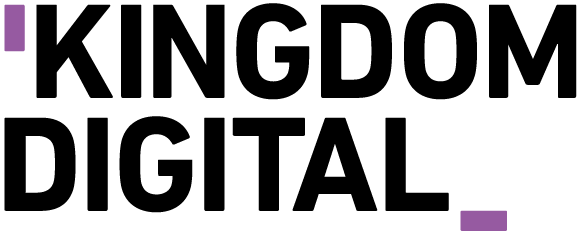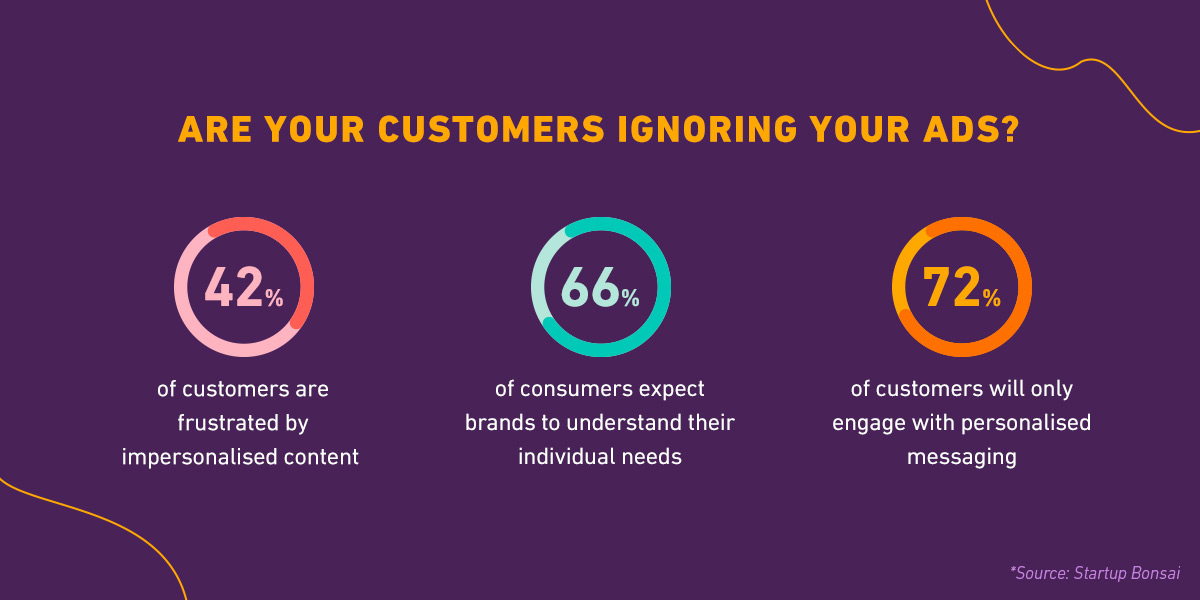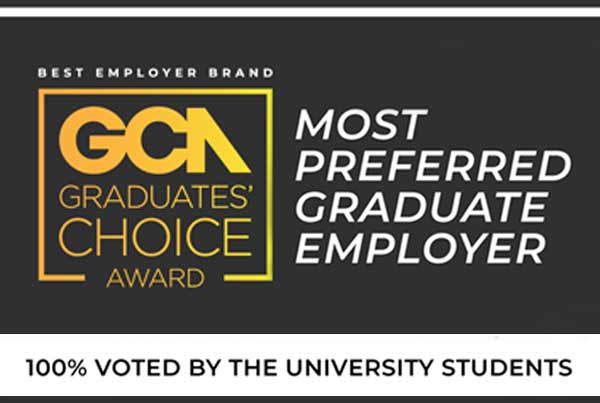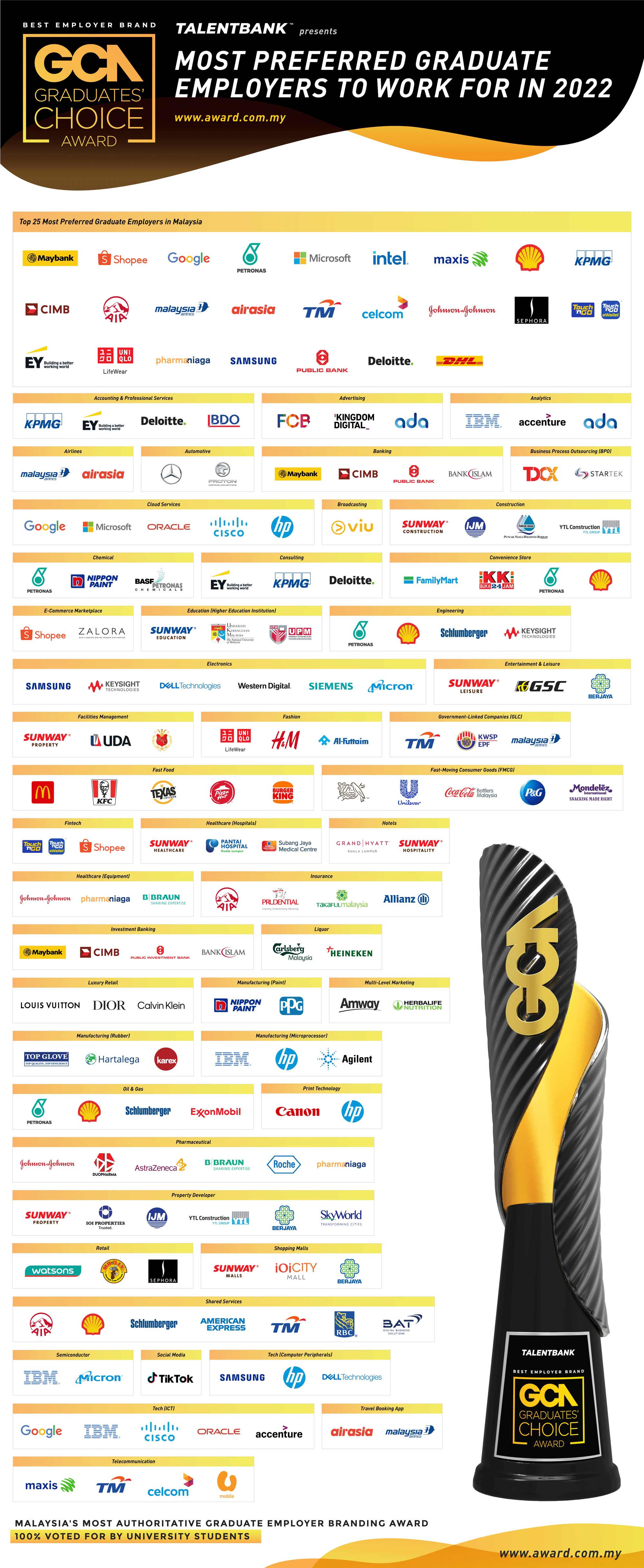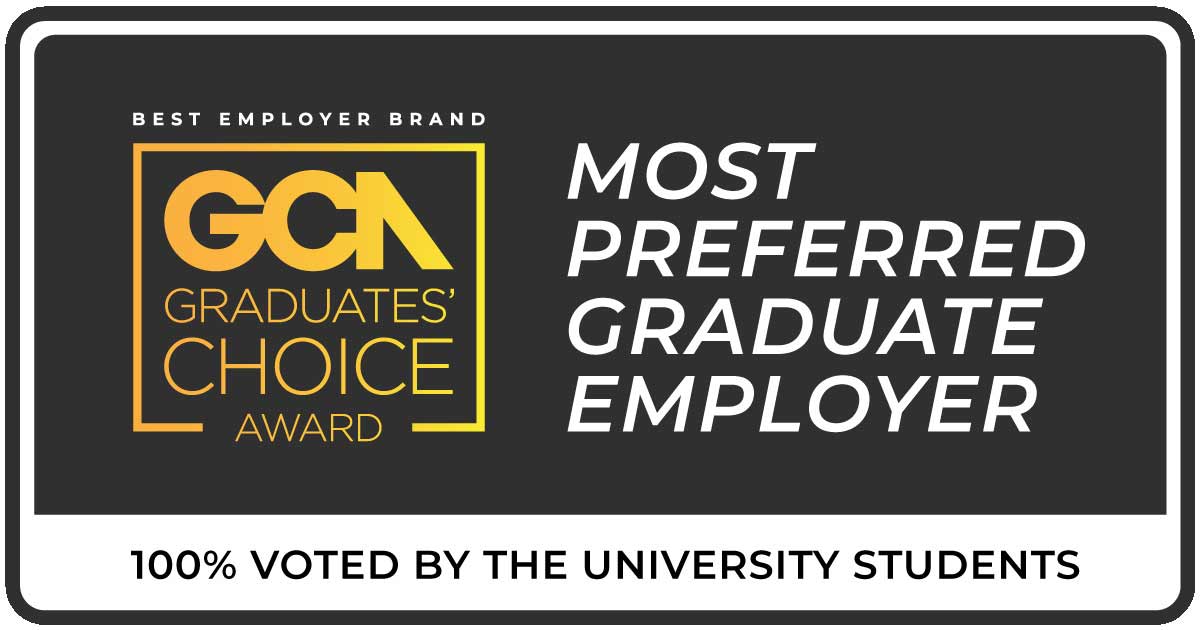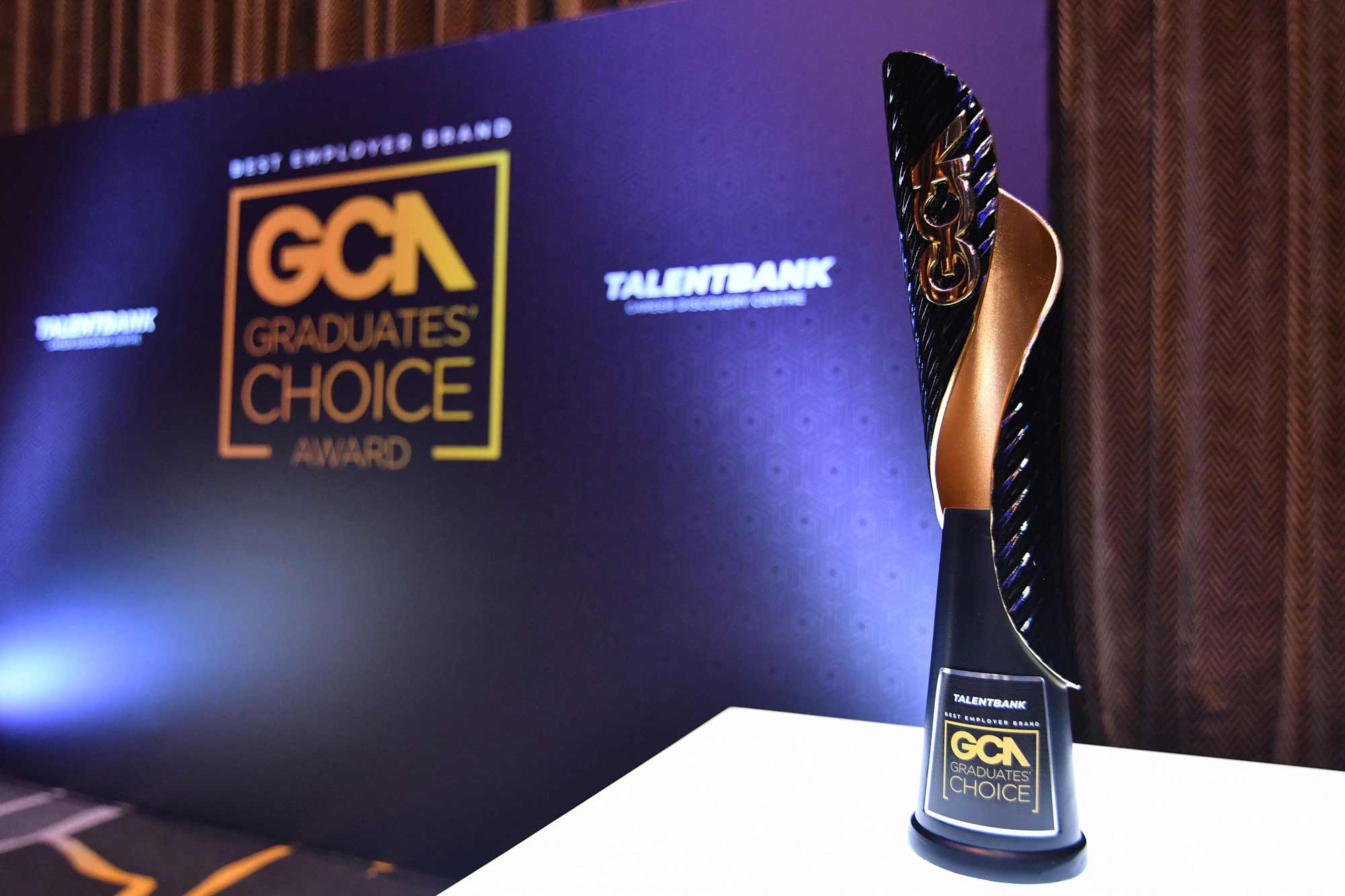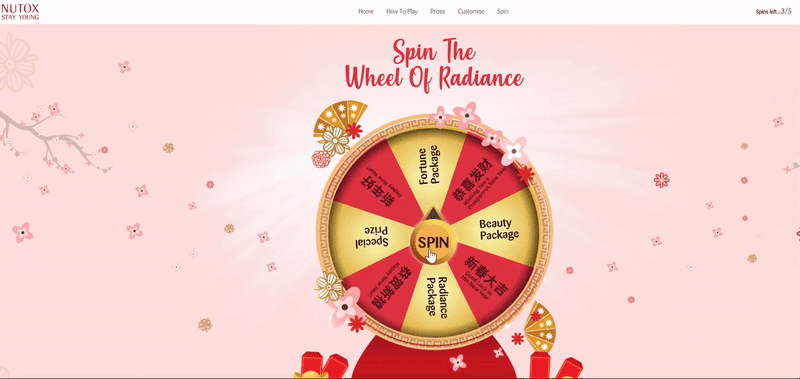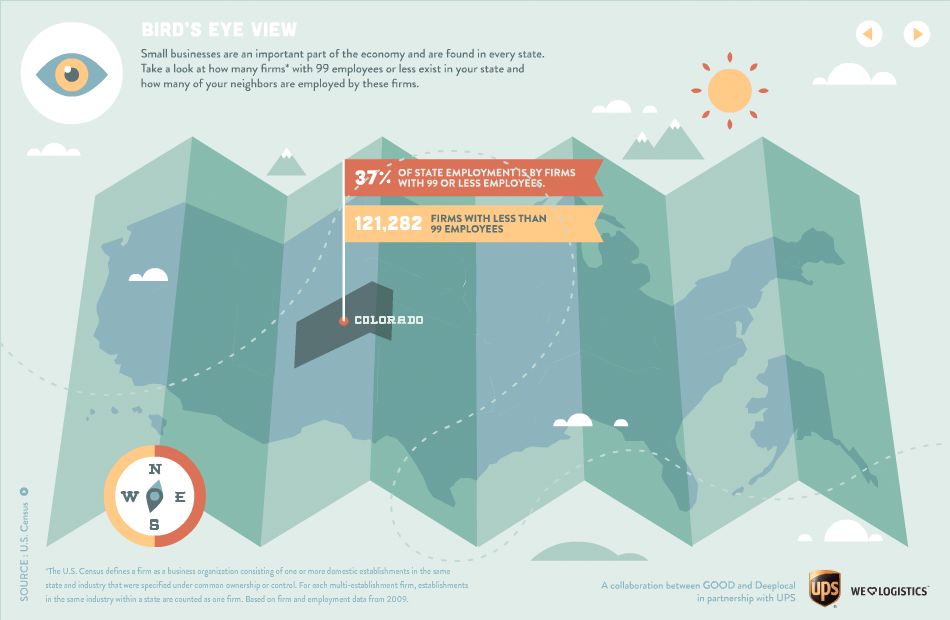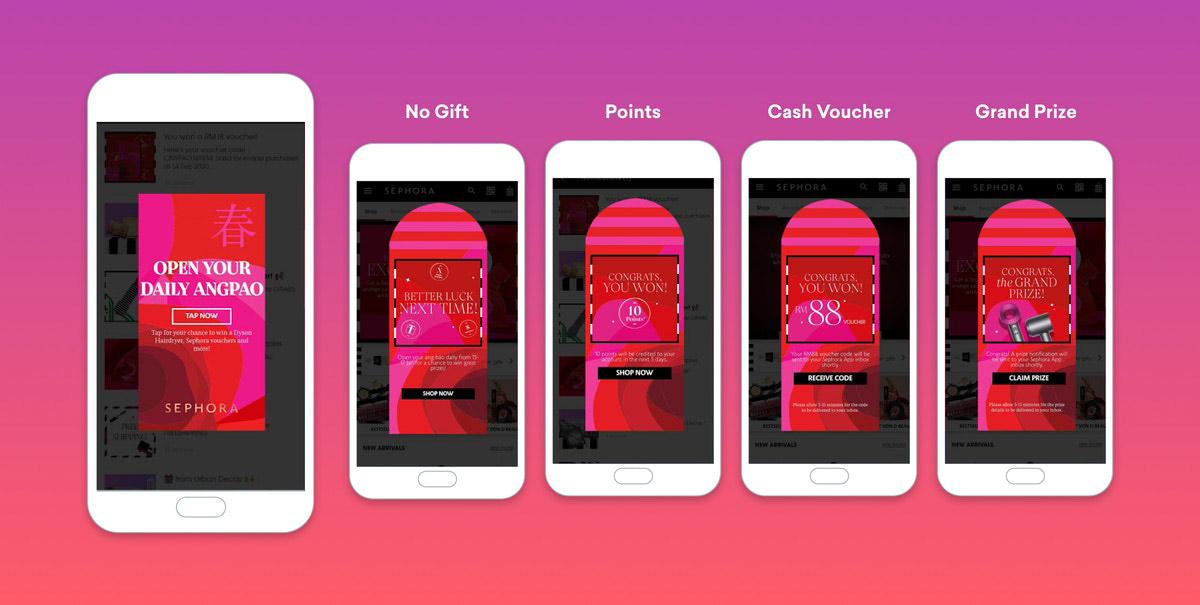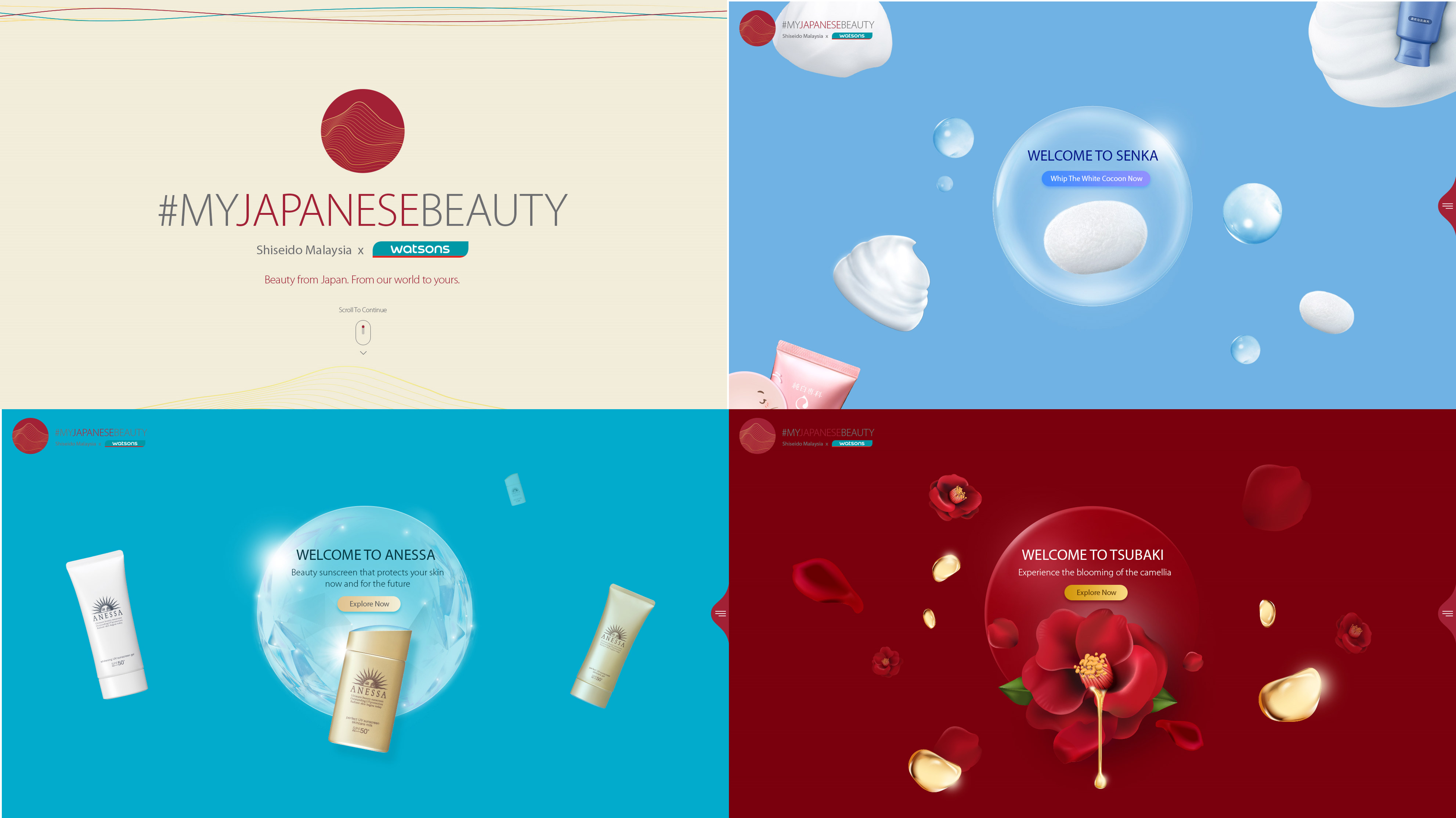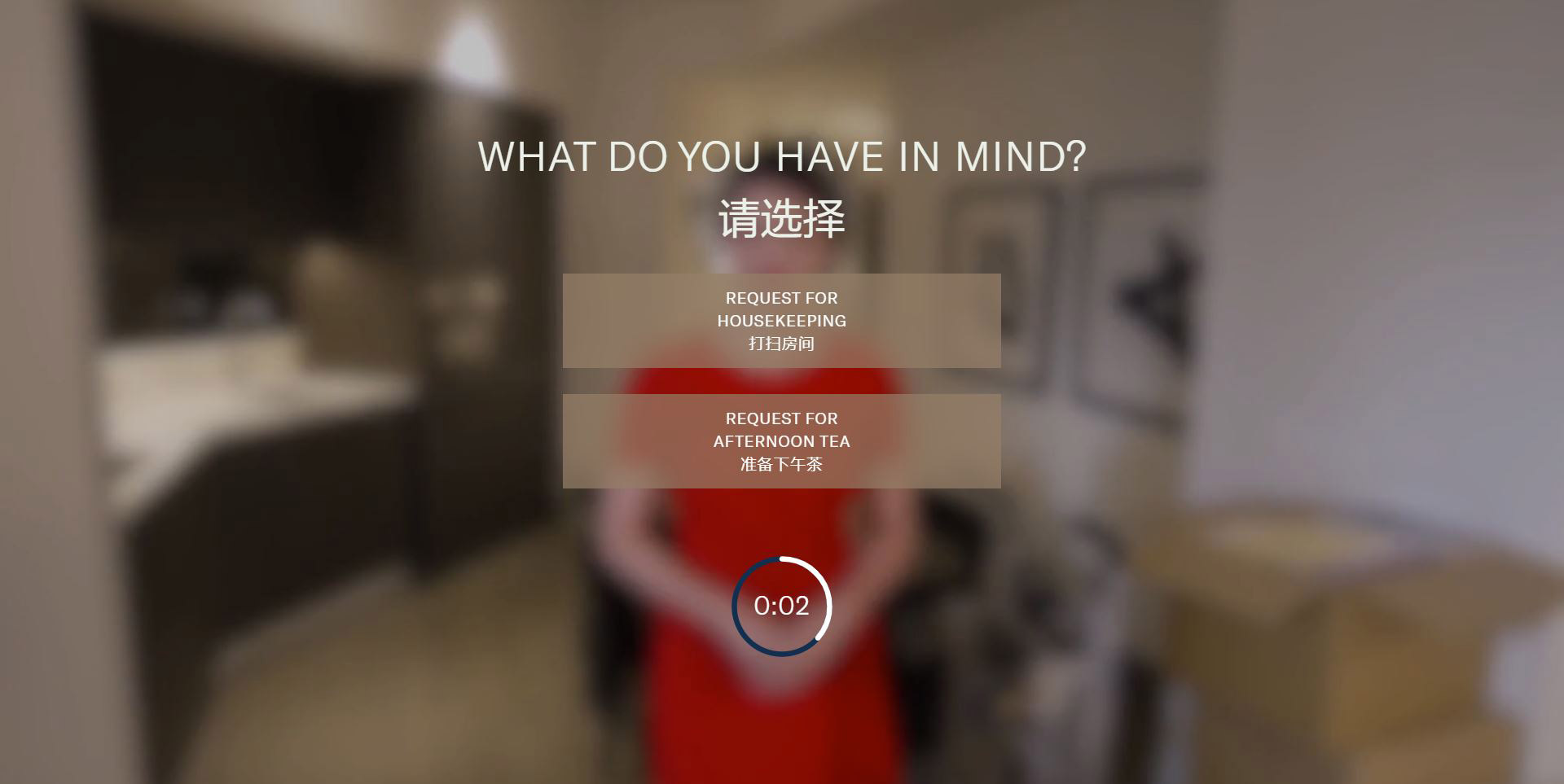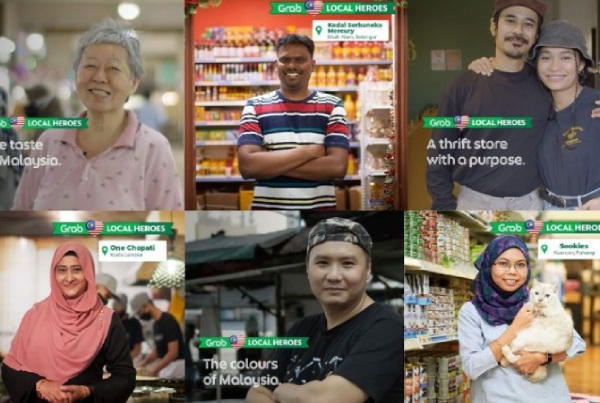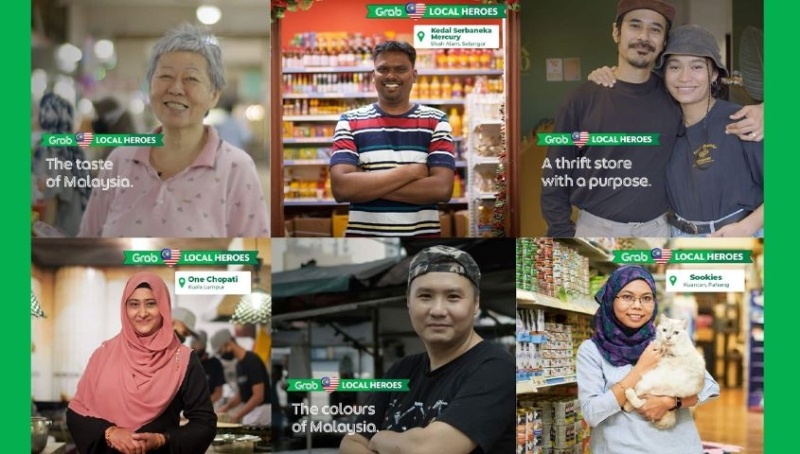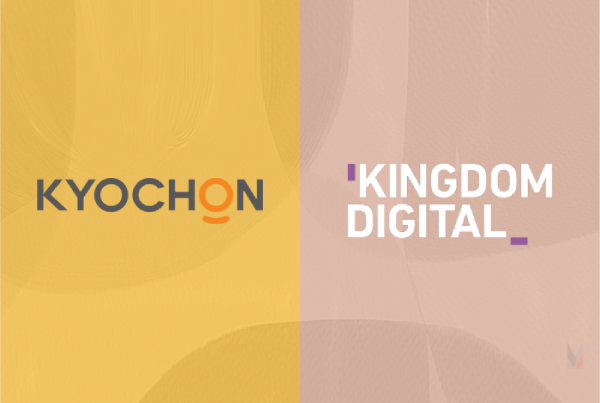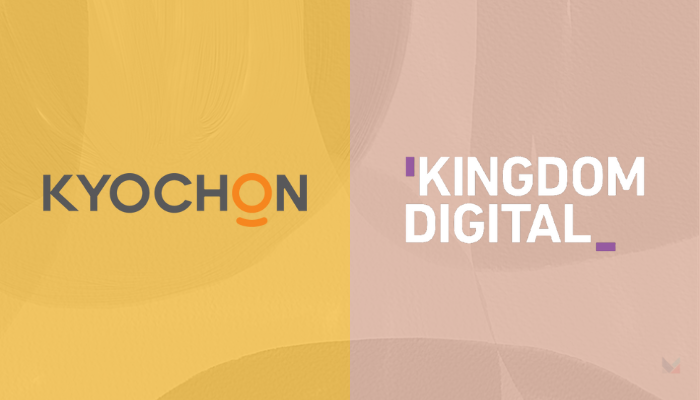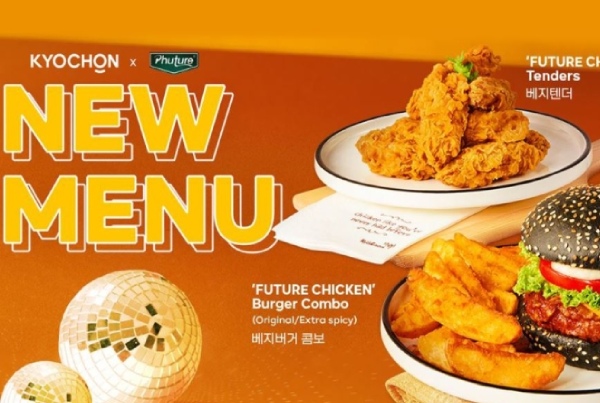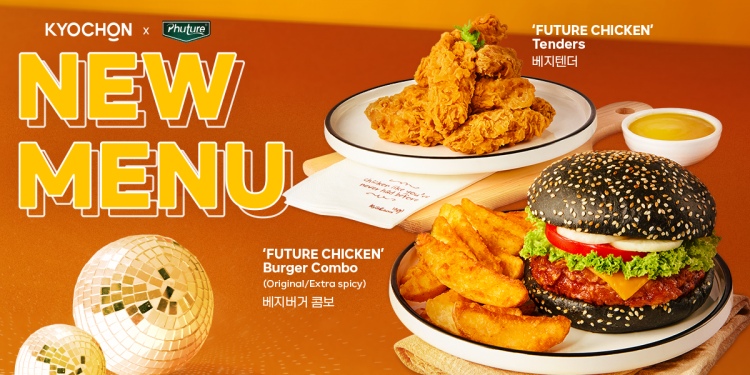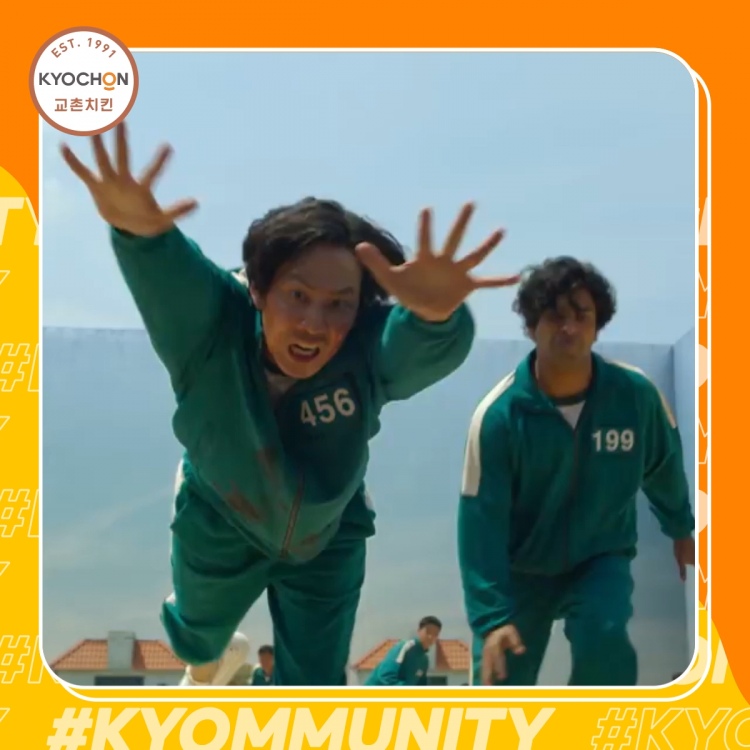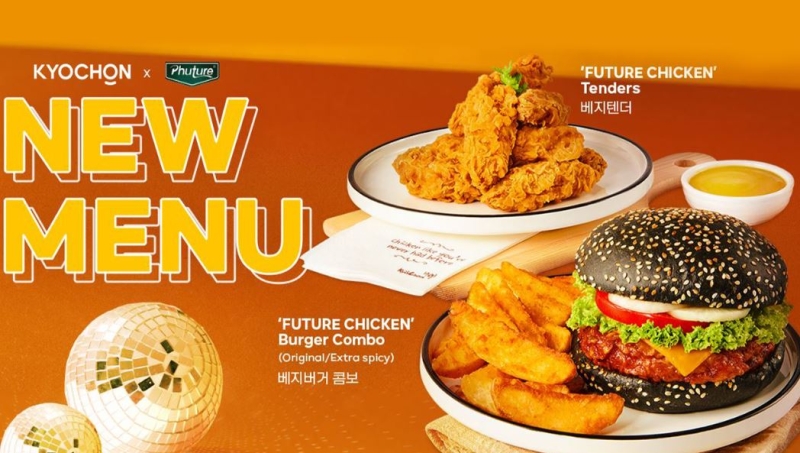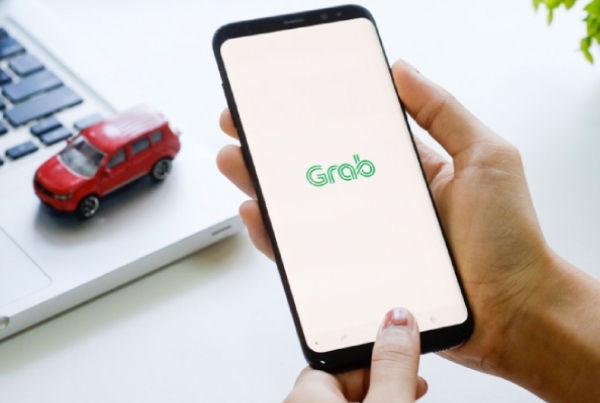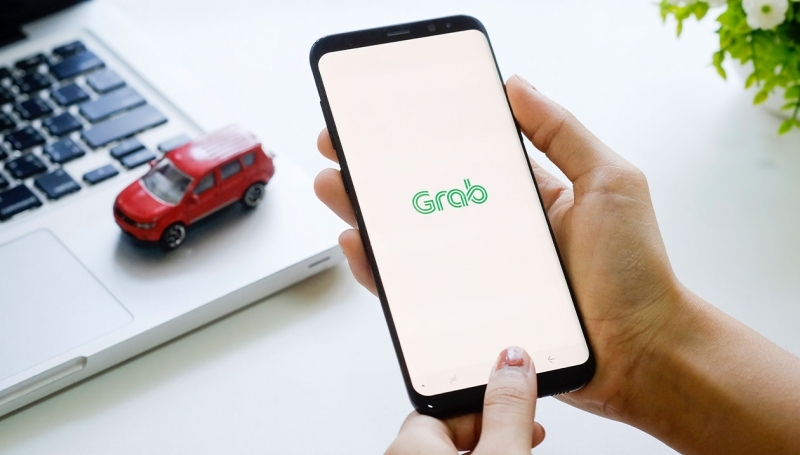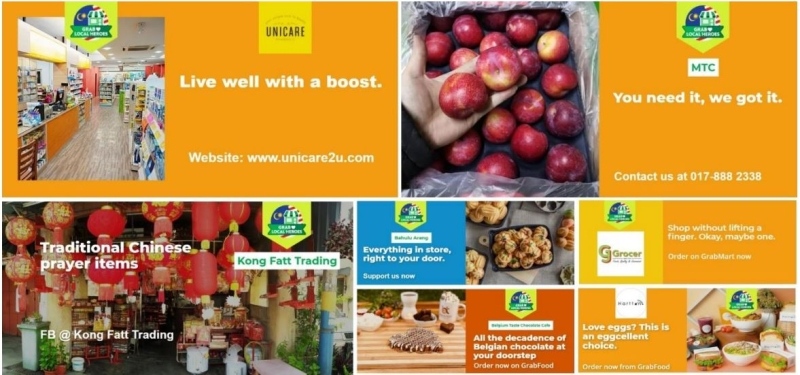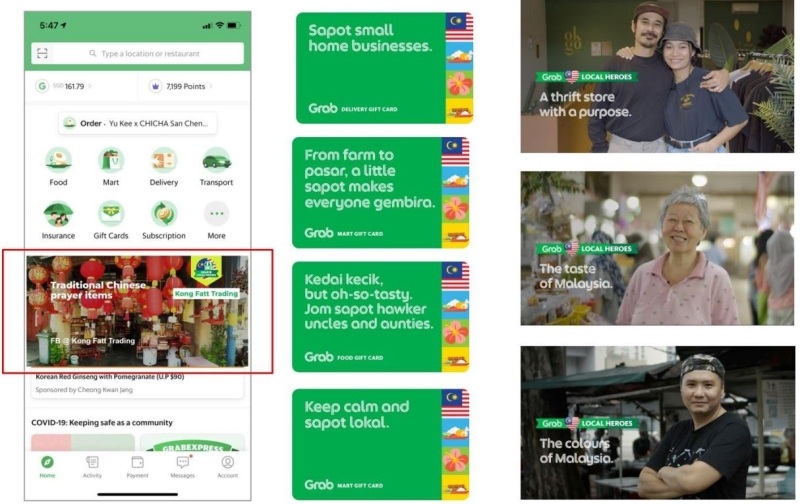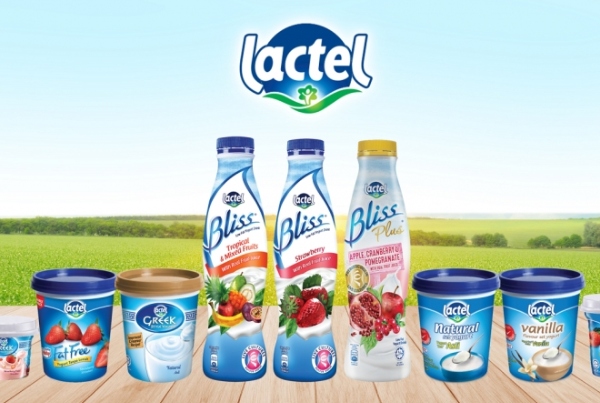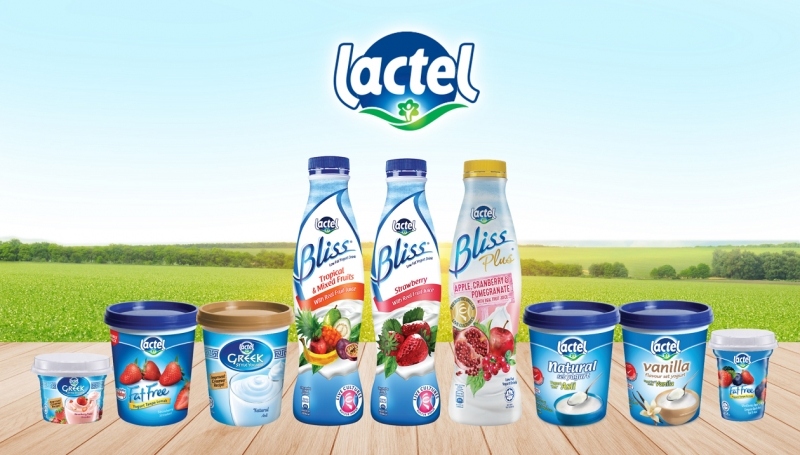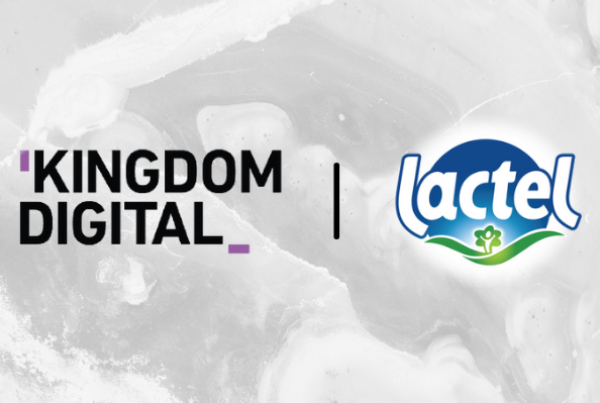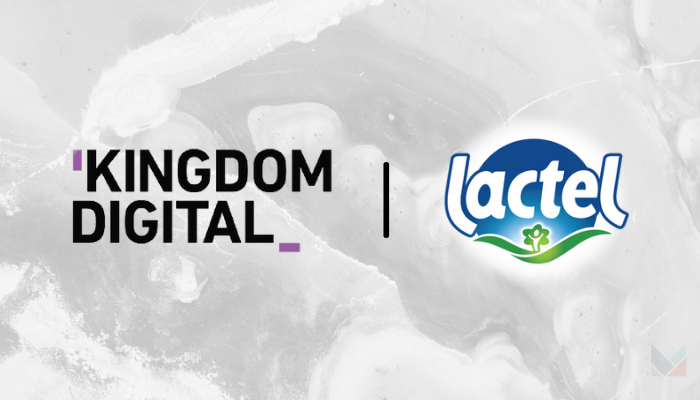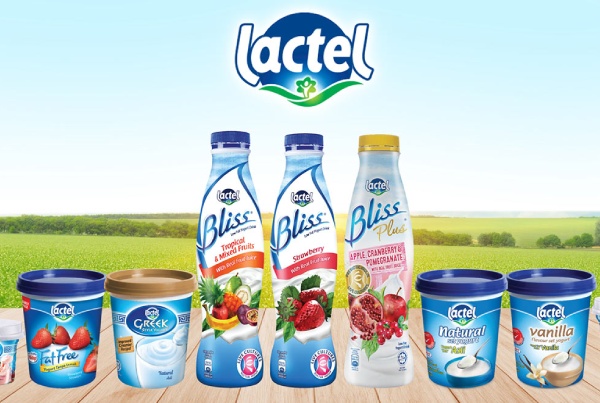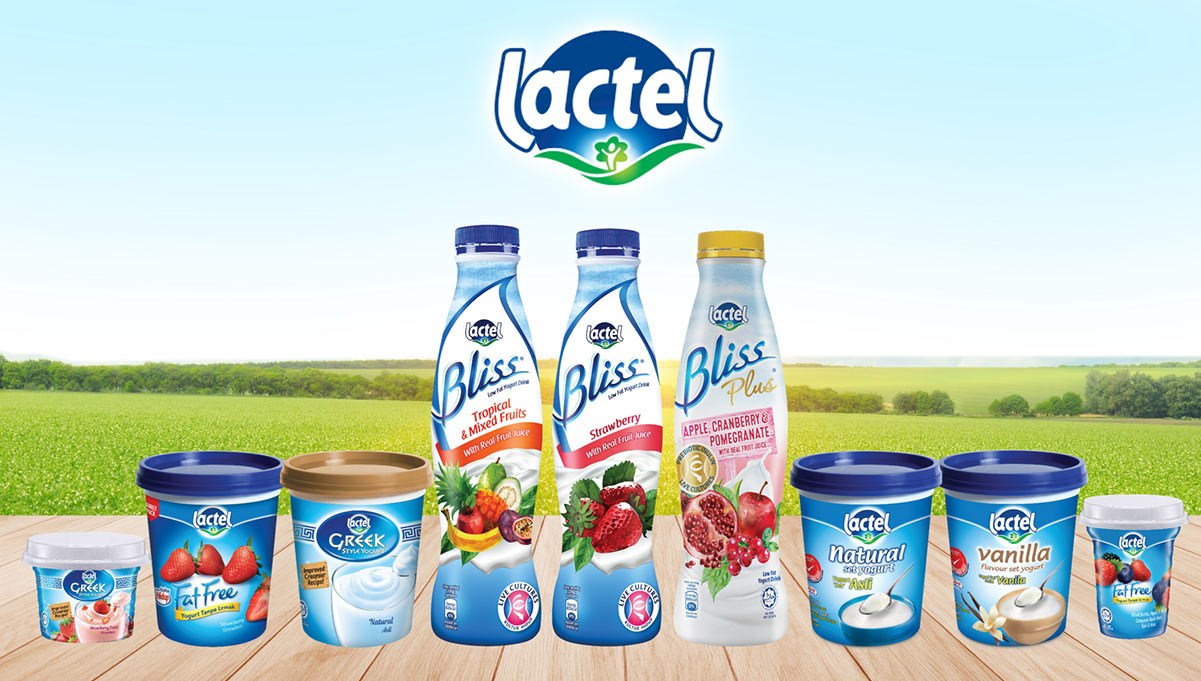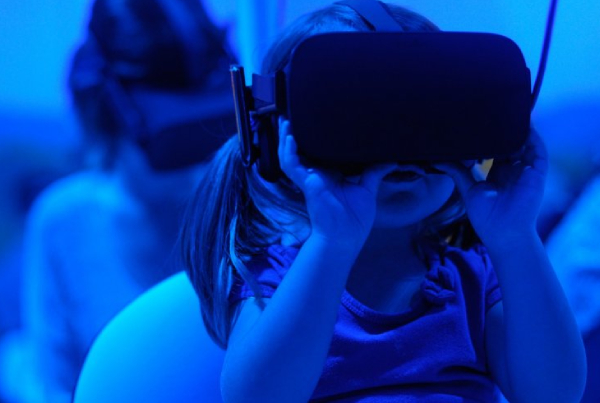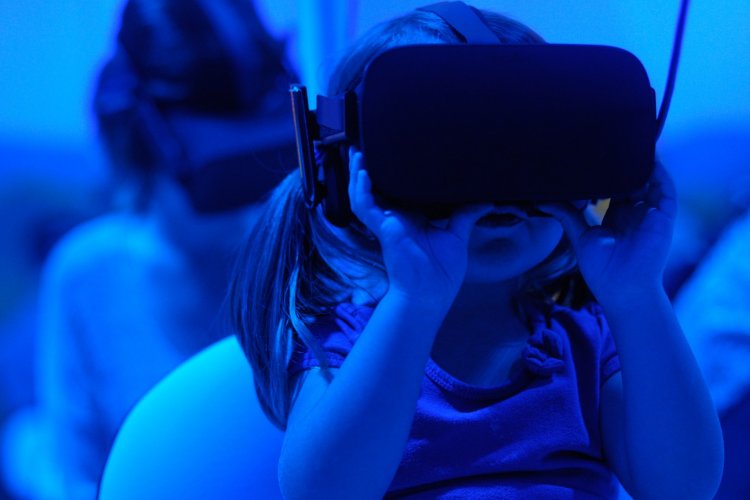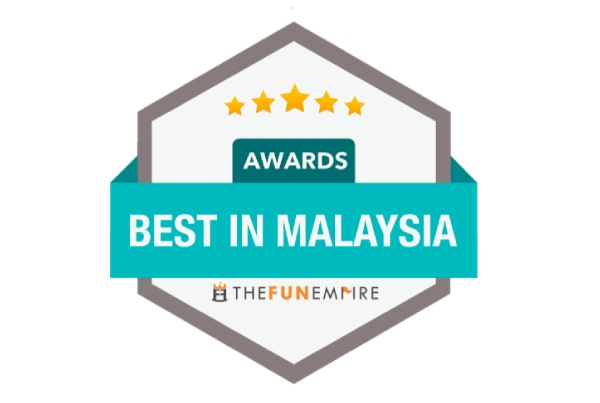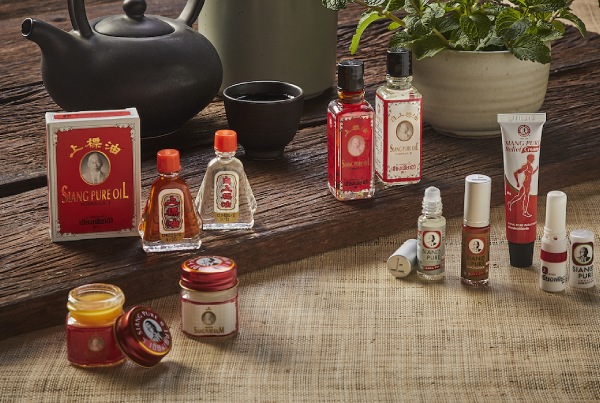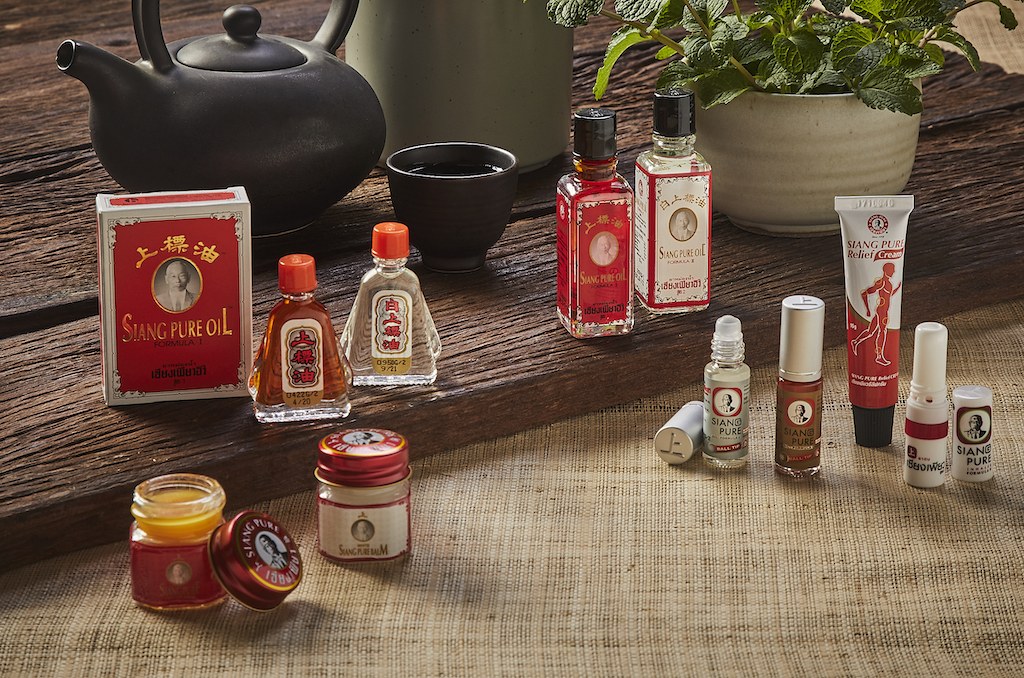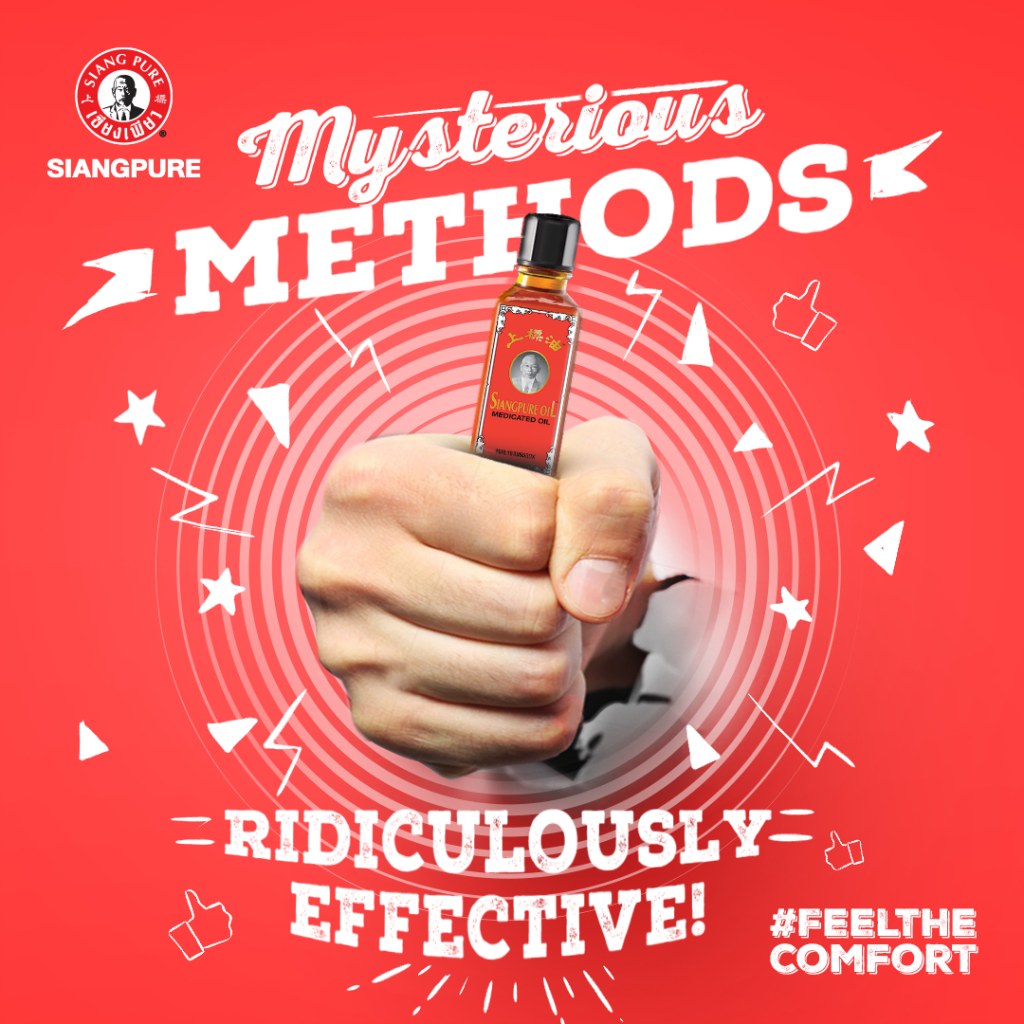
Metaverse:
The What, Why, Who, and How
Chances are the first place you heard about the metaverse came hand-in-hand with Mark Zuckerberg’s announcement: Facebook is now called Meta.
Except, what is it exactly?
WHAT is the Metaverse?
![]()
Our head of strategy, Edmund Lou, shares “being in the metaverse is essentially you in the digital world; portrayed by a virtual or digital you, an avatar1. A you-niverse that allows you to experience everything you want in that space.”
This digital rendition of everyday life, Lou notes, “is essentially [shared] virtual space[s] for people to gather”2 and do what they do in physical reality.
WHY is the Metaverse happening now?
You might wonder, why is the metaverse only happening now? In fact, elements of metaverse have been “happening” for some time. This is evident in the self-contained virtual realities and what passes as “everyday” to the gaming community.3
So why is this reaching the rest of us now? First, you likely heard it from Zuckerberg. Second and more importantly, this was digital’s natural next step. It just needed an impetus.
Prior to the pandemic, consumers already lived their lives online. The allure of whatever-you-need-at-your-fingertips, from food to entertainment, meant few things were truly experienced physically. The onset of at-home mandates, spurred by a contagion, only took this up a notch.
The last two years were a flurry of digital-first services meeting consumer demand. Businesses took advantage of existing infrastructure and innovation to pivot online, cementing the existence of today’s digital-physical reality.
WHO & HOW will this affect them?
1. Consumer experiences will be increasingly personalised
Consumers
Expect even more consumer-focused experiences because whether it’s through hyper-personalised content or persuasive tech, the goal is to keep users scrolling. Consumers will be further incentivised to join and stay on certain platforms.
A notable example is Facebook’s feed algorithm.4 Briefly, the social network takes inventory of posts available in a user’s network and scores them according to predetermined ranking signals. Taking information from the user’s past engagement, Facebook demotes content and scores posts to show you a personalised feed tailored to your behaviour.
Brands
As tech giants work to keep users on their platforms, attention as a commodity will only become scarcer. Your best bet against attention scarcity? Take your cue from the giants and focus on the customer. Dig into personalisation, customer data, and targeting.
The value in understanding your audience will only go upwards as competition rises and consumer attention wanes.
Gucci Garden on Roblox via TechCrunch
2. Consumer needs & expectations will evolve
Consumers
A. Expect changing consumer-brand interaction
Consumer behaviour changed alongside the rise of digital spaces and social networks. More than likely, they’ll also keep up with the integration of the metaverse and its elements.
We look back to the impacts of social networks. Social media enabled users a never-before-seen way to communicate with brands and vice versa. This offers brands more personability, but it also meant brands had to deal with issues in a faster and more humanised manner.
The advent of the metaverse offers even more connective, engaging ways to interact with the consumer. Gone is the clear line between branded and humanised content when it comes to dealing with an online community. In its place is an expectation of organic interaction.
B. Consumer values (digitally) are going to evolve
As people, the things we own have value to us. Up till now, these things primarily consisted of tangible items. The stuff you can grasp in your hands. Oftentimes, the reason we valued our belongings so much were because we invested time, energy, and money into gaining these things.
That extra skin involved in owning the item matters. This does not change even if the item is digital, and gamers know this — collectables, avatar skins, and limited-edition digital items have value and are worth collecting to them. Soon, that’s going to translate beyond the gaming community.
In fact, some mainstream consumers have already made this shift. Think of mobile games that incentivise users to spend money on digital items with zero physical value. Not convinced? Covet Fashion, a gaming app that teams up with fashion brands, sees around USD10 to USD15 spent in-app per session.5 While not quite on the same level as shelling out USD 4115 for a Roblox-exclusive, digital-only Gucci bag, it still centres around the same concept; online product value is still considered value.6
Brands
As consumer expectations shift, brands can increase their focus on community experiences.7 This draws a rough guide of what to expect: a new level of immersive and interactive experiences.
For brands seeking to8:
- Make press headlines with first or early-move media innovations,
- Test and learn as the metaverse evolves toward its vision,
- Reach a subset of Gen Z-ers and young Millennial audiences,
The metaverse is ripe for experimentation. The key is:
- To work with existing creators, influencers, and communities that are most primed for the metaverse.7 Learn from the innovators and early adopters who are most familiar with this sphere.
- To keep your expectations low and your imaginations high. Though a revenue-based ROI from metaverse custom media buys8 aren’t in the books yet, there are plenty of options to enhance consumer experience and brand awareness.
As Pringle eloquently puts it, “… the metaverse is a place where creativity and curiosity can flourish like never before.”1
Above all, the key is to lead with creativity. In the metaverse, because marketing expectations have not yet been set, there are virtually zero limits. Nick Pringle, R/GA London’s SVO Executive Creative Director, invites brands to consider “virtual first” products and services.1
How might the next generation discover and perceive your brand virtually, and what positive values can be transferred to the offline sphere? From D2A (direct to avatar) goods like Nike’s virtual Jordans, to an energy drink brand supplying rocket packs, anything goes.1

Nike’s D2A virtual Jordans via The Industry.Fashion
In this leap forward, brands and marketers now can create multi-channel products, incorporating several platforms with varying executions, all leading to a more organic and interactive experience.1
This is the best reason for brands to “increase [their] marketing dollar and expand [their] digital ideas to include more than one platform,” emphasises Lou, our head of strategy.
He highlights, “after all, this strengthens brand relationships with consumers, and isn’t that the goal?”
Conclusion
In short, the metaverse is here to stay. Brands need to get ready, get set, and ride this technological evolution. “Remember Nokia, Blackberry, and Kodak? They didn’t evolve.” Lou adds.
Need inspiration? See how Coca-cola, Nike, and even Louis Vuitton made their move.9
Get in touch to see how we can help you.
References:
- 1 Why the ‘metaverse’ will prove to be more than a buzzword
- 2 The future of an immersive Metaverse | Artur Sychov | TEDxUNYP
- 3 The Metaverse: How it will end the Internet
- 4 How the Facebook Algorithm Works in 2021 and How to Make it Work for You
- 5 This mobile game lets you “buy” clothes the instant they hit the runway
- 6 A Digital-Only Gucci Bag Sold for $4,115 on Roblox, as Brands Continue to Look to Gaming to Reach Gen-Z
- 7 What the metaverse means for brand experiences
- 8 Consumers Aren’t Ready For The Metaverse Yet
- 9 7 Consumer Brands Reinventing Marketing in the Metaverse
